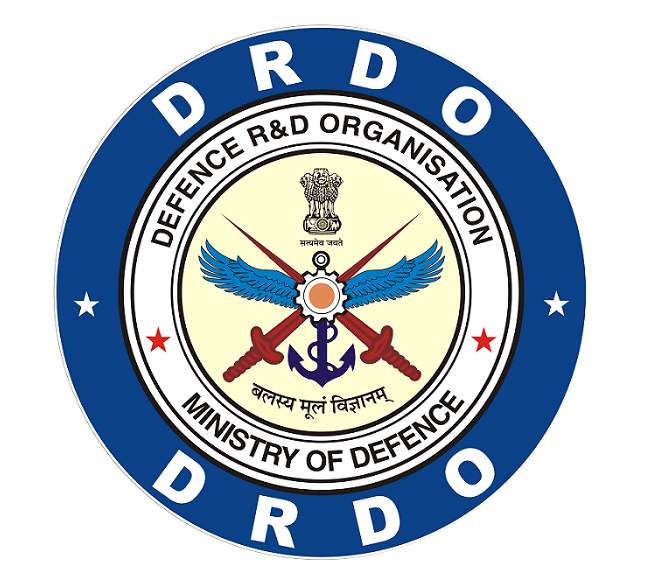WASHINGTON (AP): The US will spend USD 1.3 billion to develop advanced satellites that will be able to better track hypersonic missile threats, the Pentagon has said, announcing two new contracts that will put the detection and tracking systems in orbit by 2025.
Derek Tournear, director of the Space Development Agency, Monday, said the contracts will provide 28 satellites, as the U.S. moves to greatly expand and enhance its ability to counter increasing threats from Russia and China.
Both countries have been making strides in their development of hypersonic missiles, which are more difficult to track and shoot down because they maneuver more in flight than conventional weapons that travel in predictable paths. Last year China tested what U.S. officials said was a hypersonic missile, and Russia has used the weapons in strikes during the war in Ukraine.
Russia and China have been developing and testing hypersonic glide vehicles these advanced missiles that are extremely maneuverable, Tournear told Pentagon reporters Monday. These satellites are specifically designed to go after that next generation version of threats out there so that we can detect and track these hypersonic maneuvering vehicles and predict their impact point.
Additional funding for the programme was provided by Congress specifically in response to concerns in the Indo-Pacific region, in response to China's rapidly progressing military development.
Hypersonic weapons are defined as anything traveling beyond Mach 5, or five times faster than the speed of sound. That's about 3,800 mph (6,100 kph). Intercontinental ballistic missiles far exceed that threshold but travel in a predictable path, making it possible to intercept them.
Historically, Tournear said, the U.S. has not flown satellites that were designed to detect and go after such maneuverable hypersonic weapons. Currently, he said, we have limited capability to do that tracking aspect." He added, however, that clearly we don't have zero capability to do tracking.
The new satellites, he said, will enable the U.S. to detect the launch, follow the hypersonic missile as it changes course, calculate where it is heading and provide that data to forces who can launch interceptors.
The contracts were awarded to teams led by L3Harris Technologies, Inc. of Melbourne, Fla., and Northrop Grumman Strategic Space Systems of Redondo Beach, Calif. L3Harris will produce 14 satellites at a cost of about USD 700 million, and Northrop will produce 14 at a cost of about USD 617 million. The total cost of the programme, including the launches and ground control and support, will be about USD 2.5 billion.
Tournear said the programme represents a shift for the U.S. toward a larger, overlapping system of satellites. Rather than relying on larger, more expensive satellites that stay in orbit for 15 or more years, the U.S. will have a greater number of cheaper satellites that would be replaced about every five years.
One set, he said, would be at a lower orbit of about 1,000 kilometers, and a second set would be at a medium orbit of about 10,000-20,000 kilometers, providing a more resilient presence. He said the first 28 satellites would likely be followed by a second group of about 54.
Earlier this year, the United States, United Kingdom and Australia announced that they will work together to develop hypersonic missiles. The April announcement came amid growing concerns about China's escalating military assertiveness in the Pacific.
Last October, U.S. Army Gen. Mark Milley, chairman of the Joint Chiefs of Staff, confirmed that China had conducted a test of a hypersonic weapon, calling it a very significant event that was "very concerning.
US developing satellite system to track hypersonic weapons
Other Related News
Technology emerged as new strategic arena of competition: Army Chief
Evolution of technology has impacted warfare but technological advantage may just be reduced to a tactical level when it is taken away from the larger strategic context and regarded as the "sole driver" of success in a war, Army Chief General Manoj Pande has said.
 Previous Article
Previous Article Next Article
Next Article








The Indian Air Force, in its flight trials evaluation report submitted before the Defence Ministry l..
view articleAn insight into the Medium Multi-Role Combat Aircraft competition...
view articleSky enthusiasts can now spot the International Space Station (ISS) commanded by Indian-American astr..
view article